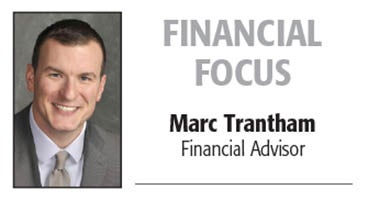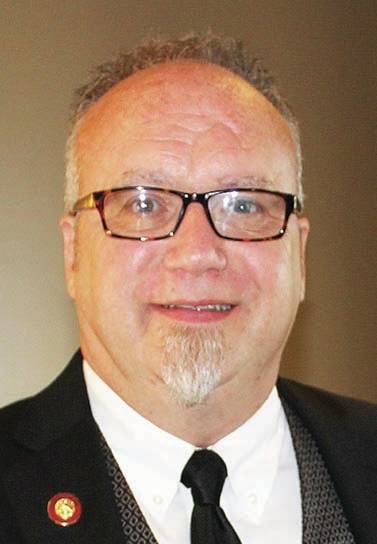Have you built an emergency fund?
Published 4:37 pm Monday, March 6, 2023
|
Getting your Trinity Audio player ready...
|
Many people make financial New Year’s resolutions, such as reducing their debts or contributing more to their retirement accounts — both of which are certainly worthy goals. But among those who planned to make a financial resolution for 2023, the primary reason was the desire to build an emergency savings fund, according to a December 2022 study by research firm Morning Consult.
Factors such as economic concerns and the sharp rise in inflation seem to be driving this greater interest in building an emergency fund. But it’s extremely valuable to maintain this type of fund in any economic environment. An emergency fund can help you prepare for a temporary job loss or early retirement, or pay for large home or auto repairs, sizable medical bills and other needs.
So, how much do you need to keep in an emergency fund? The answer depends on your stage of life. If you’re still working, you might want at least three to six months’ worth of living expenses in your emergency fund. If you’re already retired, however, you may need at least three months’ worth of expenses for emergencies, plus another 12 months’ worth of expenses, after accounting for your other sources of income, to cover your everyday spending needs.
And if you are retired, it’s especially important to maintain this larger emergency fund so you can avoid dipping into your investment portfolio to pay for any unforeseen costs and daily expenses. As you know, the financial markets can be volatile, so, if it’s possible, you’ll want to avoid having to sell investments when their prices may be down.
When building an emergency fund, where should you keep the money? You’ll need it to be accessible, so you’ll want it in a liquid investment vehicle. At the same time, you don’t want to take risks with this fund, so you’ll want to be confident that your principal will likely be preserved. Some possibilities might include short-term certificates of deposit (CDs) or money market accounts. But wherever you put the money, keep it separate from your regular checking or savings account — it’s called an “emergency” fund for a reason, and you don’t want to mingle it with the accounts you use every day.
Given the high cost of living, it’s not always easy to sock away money for emergencies — and if you wait until all your bills are paid before addressing an emergency fund, you may only make very slow progress. One possible strategy is to pay yourself first, so to speak, by having some money automatically moved from your checking or savings account each month into your emergency fund. And whenever you get a financial windfall, such as a tax refund or a year-end bonus at work, you might use some of it for this fund.
It will take time and discipline to build and maintain an emergency fund. But once you’ve got such a fund in place, you’ll feel more confident in your ability to deal with unexpected costs that could potentially disrupt your progress toward your financial goals. So, make it a priority this year to build or strengthen your emergency fund. It will be worth the effort.
This article was written by Edward Jones for use by your local Edward Jones Financial Advisor.
Edward Jones, Member SIPC







